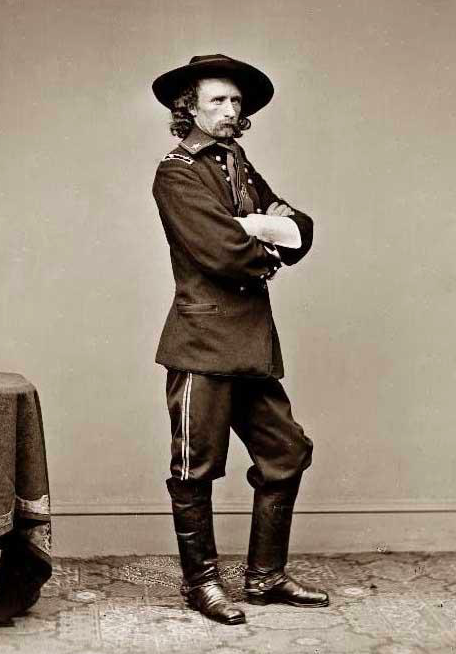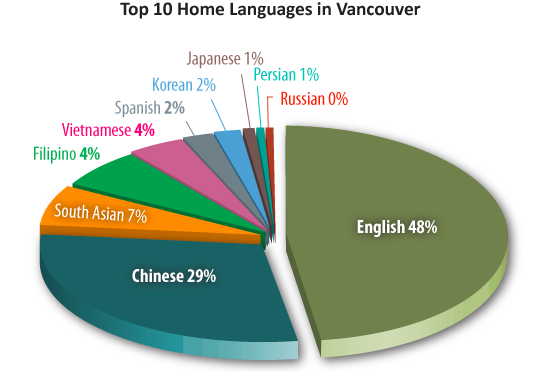Please select a section of the book approximately 10 to 15 pages – depending on the section with characters that you would like to research further.
George Morningstar: An Allusion to General George Armstrong Custer
For this assignment, I’ve chosen the pages 242-259 and write about George Morningstar, his actions and the effects of his actions on his wife Latisha, and how their story alludes to General George Armstrong Custer in the Civil War.
George Morningstar is first mentioned on pages 56-57, and readers immediately learn from Lionel that George “used to beat the hell out of [Latisha]” (57). A character who embodies extreme American patriotism and one who doesn’t hesitate to enact his values and beliefs in real life, his continual abuse toward Latisha (initially through physical, then emotionally with his absence after her pregnancy with Elizabeth) is King’s way of tying his story with the torture and mass genocide upon the Native Americans at the hands of General George Armstrong Custer.
There are uncanny (and obviously intentional) similarities made between George Morningstar and General George Armstrong Custer. For starters, both are tall with shoulder-length hair. Secondly, they both originated from Ohio and were raised in Michigan (Bio 2015). An interesting fact that makes George Morningstar resemble even more to George Custer is that they both wrote long, descriptive letters to their wives/girlfriends that detailed their “journeys” through America. The most uncanny of them all, however, is the physical, emotional, and psychological damage both have done to the Native Americans: George Morningstar’s disrespect, abuse and lack of responsibility to Latisha along with his utter apathy for the Indigenous culture closely parallels General George Custer’s hostility and indifference toward the Native Americans he killed at the Battle of Little Bighorn (Bio 2015).
George Morningstar’s downfall is his simple thinking and plain irrationality. Between the pages 242-259, readers watch him turn his wishful daydreams of playing “housewife” into a reality by going on a rampage with buying unnecessary recipe books, kitchen tools and subsequently failing to produce anything edible. Eventually on pages 386-387, he suffers the consequences of underestimating, belittling and disobeying the rules at the Sun Dance by attempting to photograph the event and consequently has his camera film stripped from the canister. Similarly, General George Armstrong Custer underestimated the Native American warriors, overestimated his ability, relied too much on his foolish bravery, attacked Lakota Sioux and Southern Cheyenne without waiting for additional troops to aid and was killed as a result (Bio 2015). Exactly like the man King alludes to, Morningstar holds a kind of radicalized American patriotism that borderlines insanity, ultimately disabling him from seeing the true beauty and value in Native culture and traditions. His distorted beliefs prevent him from being open to perspectives that challenge America’s supremacy, thus parallels to General Custer’s attempted genocide and colonization of Native Americans.
Reasoning for my focus on George Morningstar
Morningstar’s character caught my attention because he really reminded me of my dad, named George as well. For the majority of my parents’ marriage, he was unemployed and only knew how to complain and lounge around at home. Providing for his family was never his priority, nor did he ever feel the need to be a good role model to his child. He was a kid himself, trapped in his own fantasies, blinded by his own selfish needs and never wanted to take responsibility in the real world. It was a relief when they finalized the divorced and see my mom move on with her life, just like how Latisha does: “And finally they became boring. Just like George. Even the poetry dulled. After Elizabeth was born, Latisha stopped reading them altogether, stuffed them into a brown grocery bag in her closet instead, leaving them to collect like dust in a corner” (259).
Works Cited
Flick, Jane. “Reading Notes for Thomas King’s “Green Grass, Running Water.”” Canadian Literature (1999): 140-72. Web. 26 July 2016.
“George Armstrong Custer.” History, 1991. Web. 26 July 2016.
“George Custer.” Bio. A&E Television Networks, 2015. Web. 26 July 2016.
“General George Custer, U.S.A.” Old Pictures. 2016. Web. 26 July 2016.
King, Thomas. Green Grass, Running Water. Toronto: Harper Perennial Canada, 1999. Print.



